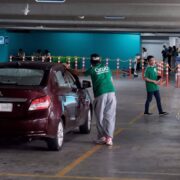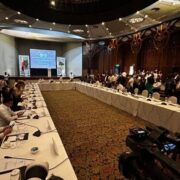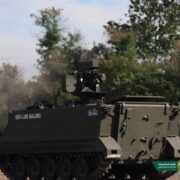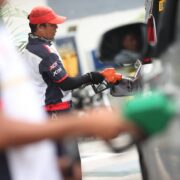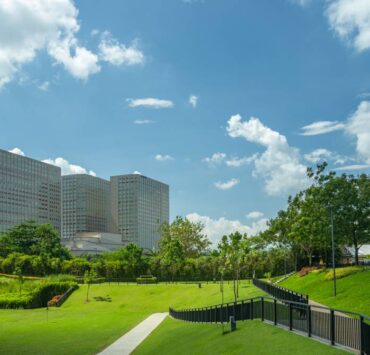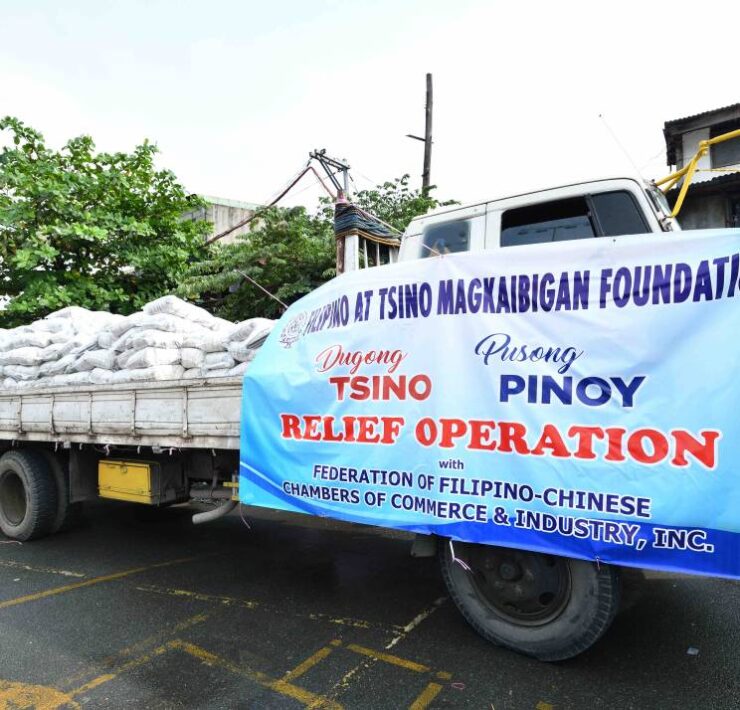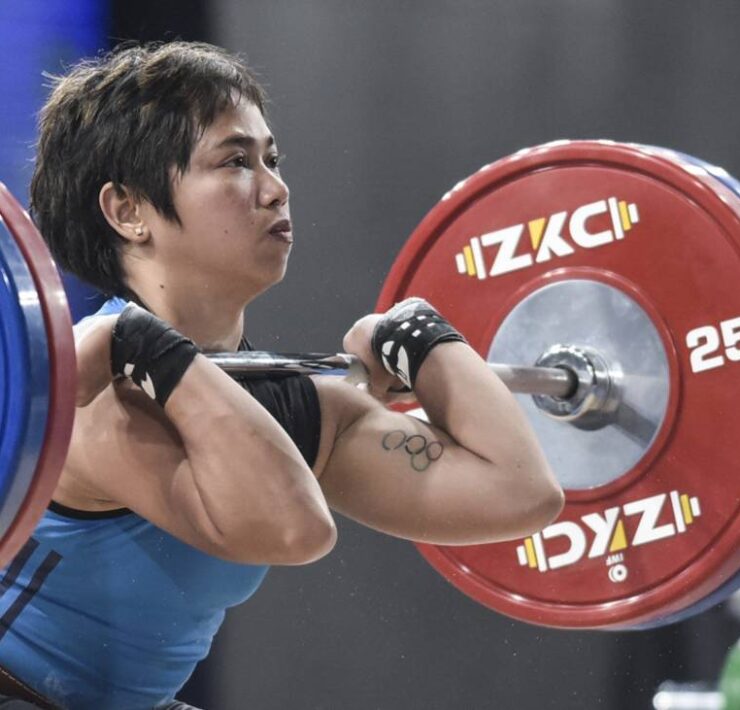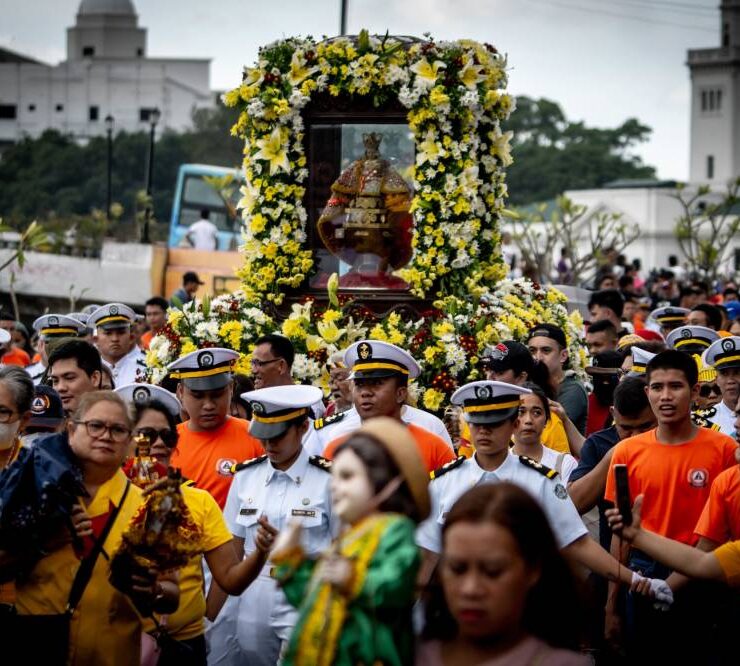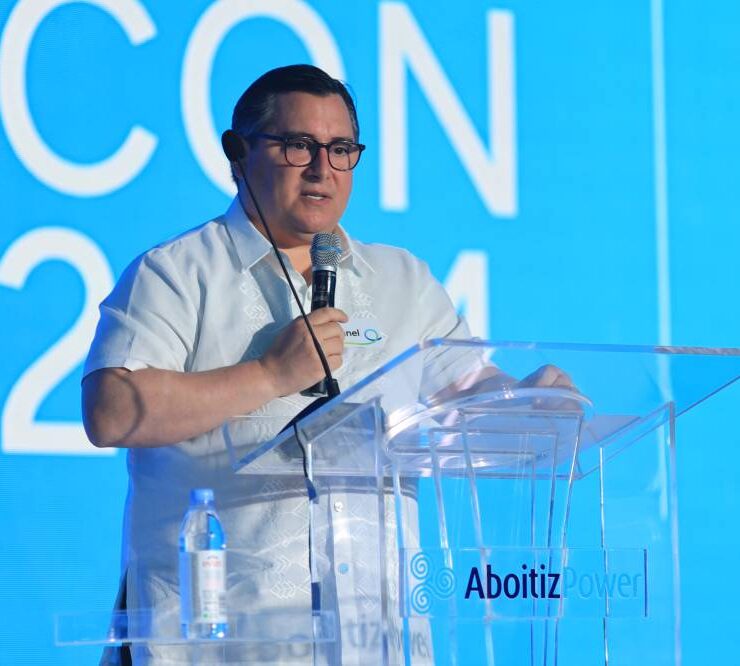People, nature, technology in the ideal modern city

The increasing presence of artificial intelligence in our lives sows fear of a world that is becoming less of a place for humans.
The looming reality of machines replacing people in the workplace, and the reliance on computer programs for education, health, and governance, are triggering anxiety over human faculties being taken over by automated systems.
Technology, being the creation of human beings, is also perceived as the opposite of anything natural. There are, however, precedents that showcase how people, the natural environment, and technology can all converge toward livable cities with socially empowered citizens.

Digitalized cities
The last 20 years have offered models for digitalized cities that aim for the comfort, safety, and well-being of their inhabitants.
With Singapore, Switzerland, and Denmark topping the 2024 Digital Competitiveness list (IMD World Competitiveness Center, 2024), it is easy to see how measures for urban livability may be enhanced through technology-aided planning and governance.
Zurich’s public transportation applications complement planning policies geared at multi-modal integration and walkability from housing sites to transport stations.
Virtual Singapore is the city-state’s digital twin that runs based on a wealth of data that may be used for testing management tools and innovative project concepts (OPSI, 2015).
Denmark’s National Strategy for Digitalization emphasizes time for welfare, support for small and medium enterprises, and greener urban environments (Agency for Digital Government, 2022).
All these initiatives are underlain by visions of healthy, efficient, and productive cities with people at the benefiting end.
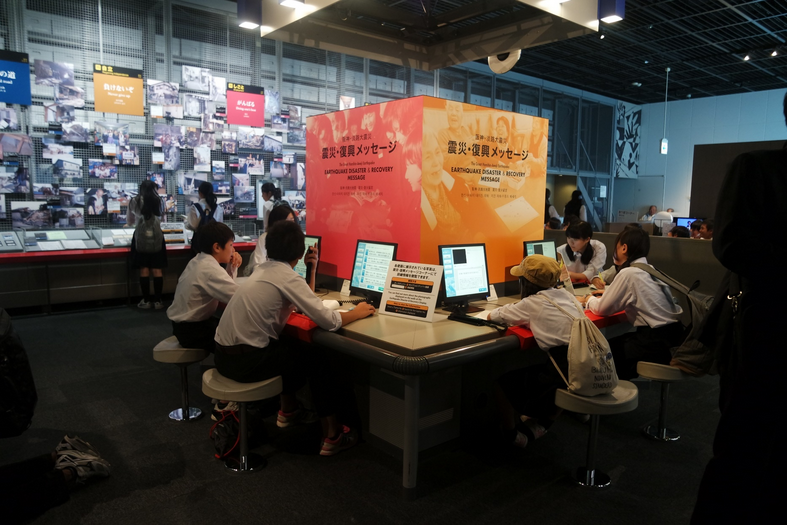
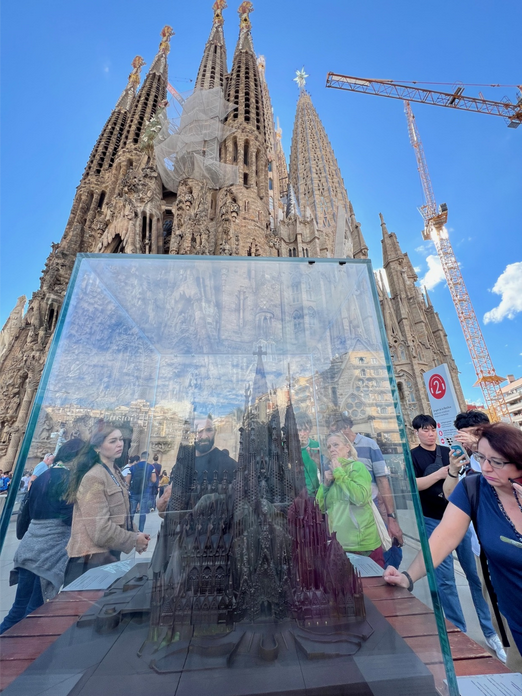
Accessible, transparent systems
Power is devolved to people through accessible and transparent systems that level the playing field for all social classes.
Digital platforms that allow anyone to know about the pipelined projects for different localities can make informed decisions on land purchases and investments. Understanding risk factors based on information on hazards can enable community-based actions toward saving lives and property.
Multiple sources of information facilitate cross-referencing and vetting of grassroots-led mobilization.
Digital platforms such as Virtual City Halls can expand the reach of public services. Online Town Hall sessions and information campaigns can bring more people to the discussion table. Evidence-based funds allocation and utilization make for transparent systems that promote trust and collaborative engagement.
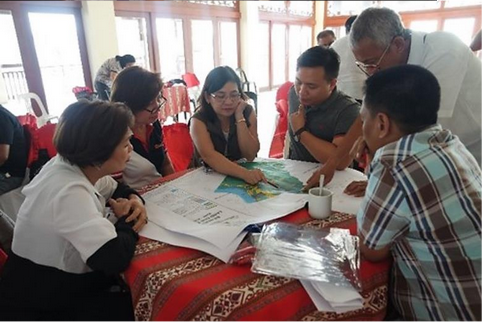

Inclusive systems
Big data management systems allow the finer stratification of planning inputs to include groups that are not captured by conventional data collection.
Social inclusivity is facilitated by data analytics that do not limit gender, age, religion, and other demographic indices to the traditional categories, e.g. male and female for gender People of all ages, abilities and disabilities, and political orientation can feed information for city planning purposes.
The retired and the elderly, as in the case of Helsinki, are empowered to be active feeders of planning information through their mobile phones (Tapiovaara, 2024). Youth, minority, mobility-challenged, and other vulnerable groups can be made part of the planning and governance processes through interactive information and social media platforms.
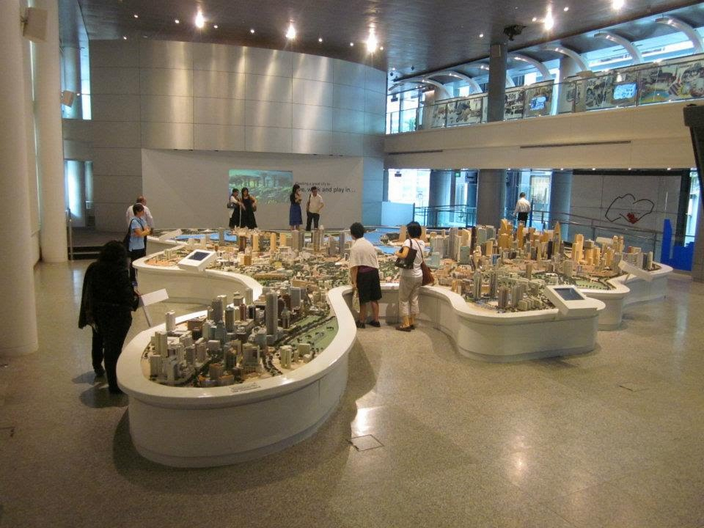
Support for entrepreneurs
The digital age has defined the “Sharing Economy” (Fang, Li, 2022) that activates small entrepreneurial activities.
Online means for outsourcing, cross-border trading, marketing, and product distribution have fueled the growth of internet-enabled economic activities. Just-in-time programs for inventory management allow small-scale and home-based industries to thrive. Energy management systems such as those used by Lawsons franchisees in Japan help bring down operational cost.
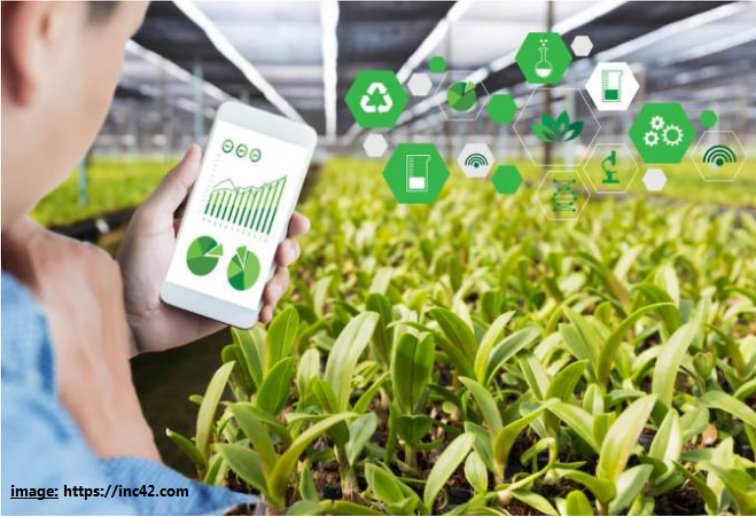
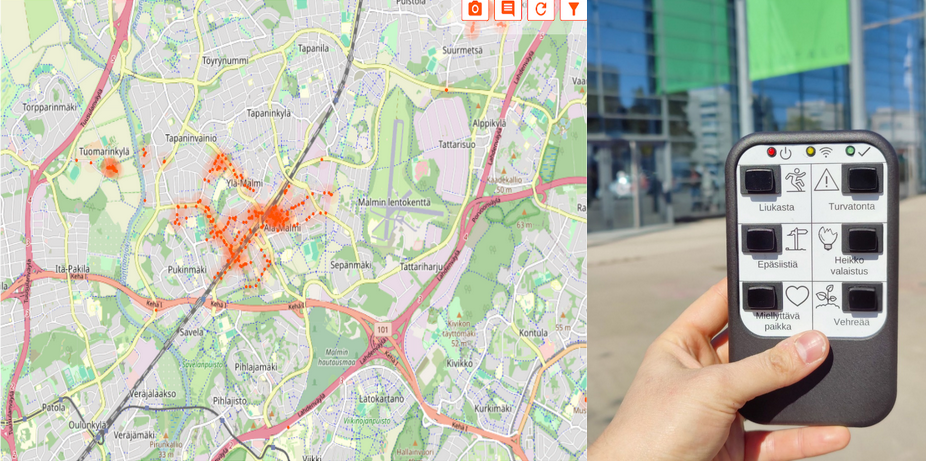
Environment, heritage preservation
Shared assets and national patrimony may be protected and preserved using digital tools such as the Quick Response or QR coding.
Many cities have tagged heritage structures and native trees not only to promote awareness of their existence but more so to protect these treasures for future generations to enjoy.
Kuala Lumpur’s Smart City Plan promotes Smart Green Building, Enhanced Tree Inventory Management, and Smart Landscape Management (Japan Association for Smart Cities, 2021).
In Songdo, South Korea, the master planned ubiquitous city features a network of tunnels that suck waste directly from residences for recycling, resulting in garbage truck-free streets (Abraham, 2021).


Hybrid systems for maximum engagement
Digital systems are best complemented by in-person interactions when the goal is to attune plans and interventions to place-based needs and aspirations.
We cannot totally do away with on-site workshops, focus group discussions, key informant interviews, and immersion studies. But digital tools can help maximize time for these face-to-face activities by weeding out the analytical process that may be handled by computer programs.
More quality time may be dedicated to in-depth understanding of the city planning nuances due to varying physical and social geographies. Digital competency and human skills go hand in hand in creating people-responsive cities of the future.
The author is an architect, urban planner, and professor at the University of the Philippines Diliman College of Architecture.





